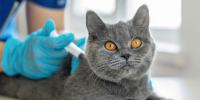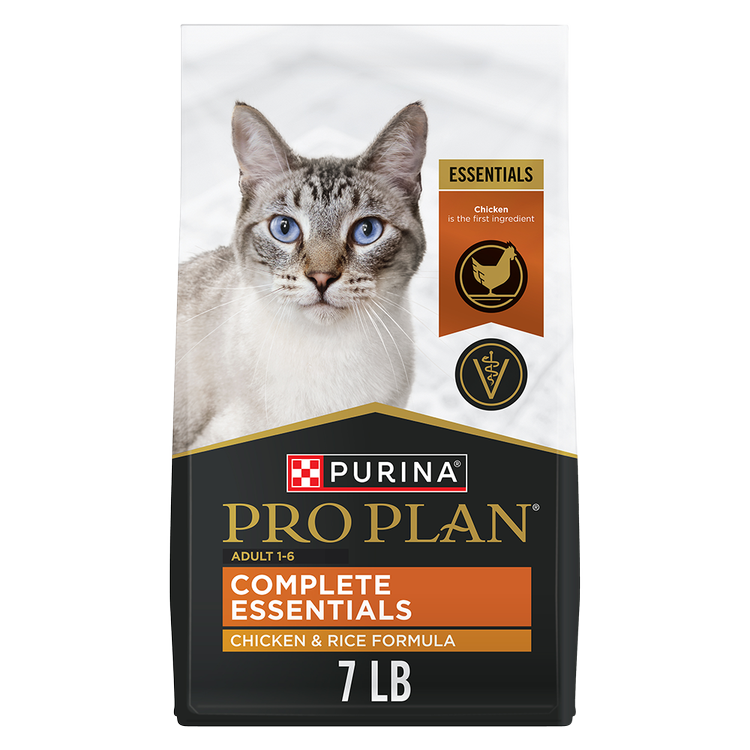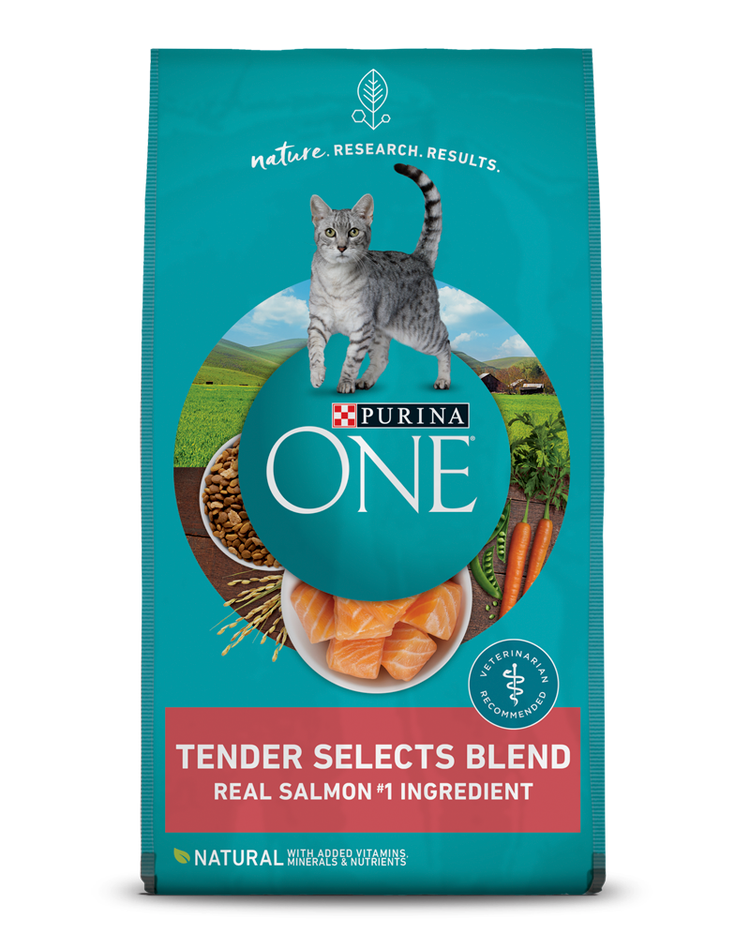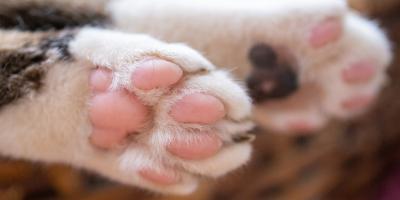As a cat owner, ensuring your feline companion receives all their cat vaccines on schedule should be a top priority. At the top of the list should be the FVRCP vaccine for cats. The feline FVRCP vaccine is a core vaccine that’s vitally important in keeping your cat immunized against three potentially deadly airborne viruses: Rhinotracheitis, Calicivirus and Panleukopenia.
When Should My Cat Get the FVRCP Shot?
Cats can contract any of these three viruses at any age. Kittens should receive their first FVRCP vaccination at six to eight weeks old, followed by a series of three booster shots (one every three to four weeks) until they’re around 16 to 20 weeks of age.
Adult cats should receive a booster once every three years according to your veterinarian's recommendation. If you're unsure about an adult cat’s past vaccinations, they should receive an FVRCP vaccination, plus a booster. Because FVRCP is a live vaccine, it should not be given to pregnant cats.
What is Feline Rhinotracheitis?
Feline rhinotracheitis is an infectious disease that can infect cats at any age and is triggered by the common feline herpesvirus type-1 (FHV 1). This disease is species-specific and only known to infect wild and domesticated cats.
Cats contract FHV-1 through direct contact with virus particles from saliva and discharges from the eyes and nose of infected cats. Infection can come from direct contact with another cat or contact with an object or surface.
An upper respiratory disease FHV-1 can cause:
- Conjunctivitis
- Sneezing
- Runny nose
- Lethargy
- Excessive sleeping
- Dehydration
- Loss of appetite
- Pneumonia
If left untreated, a kitten or cat may stop eating and drinking, which can lead to death. It’s important to note FHV-1 can have lifelong impacts on cats and will recur when they are stressed or immunocompromised. FortiFlora has been shown to reduce clinical signs of herpes in cats, however.
What is Feline Calicivirus?
Like feline rhinotracheitis, feline calicivirus is a potentially fatal upper-respiratory infection. Both domestic and exotic cat species are susceptible to this common and highly contagious virus. Calicivirus is present in the saliva, secretions from the eyes and nose of infected cats, or airborne particles. Urine and feces may also be a source of infection, albeit a less common one.
Infection occurs when a cat comes in contact with another infected cat or through environmental exposure to contaminated objects. Kittens and senior cats are especially vulnerable to this virus, which can lead to pneumonia if left untreated.
Symptoms of feline calicivirus include:
- Sneezing
- Nasal congestion
- Conjunctivitis
- Enlarged lymph nodes
- Clear, yellow or green discharge from the nose or eyes
- Squinting
- Lethargy
- Fever
- Ulcers on the hard palate, tongue, lips or nose
- Pneumonia
What is Panleukopenia?
Panleukopenia is also known as distemper and is easily spread from one cat to another. Distemper is so common that nearly all cats—regardless of breed or living conditions—will be exposed to it in their lifetime.
Transmission can occur by direct contact with a cat infected with panleukopenia or through contact with contaminated food or water dishes and other objects with which an infected cat comes into contact. Note that the secretions of all infected cats, especially the feces, can carry the virus.
It’s especially common in kittens who have not yet been vaccinated against it. This disease progresses rapidly and requires immediate medical attention. Without intervention, a cat can die within 12 hours of contracting the disease.
Common symptoms of panleukopenia:
- Depression
- Fever
- Vomiting
- Bloody diarrhea
- Collapse
- Dehydration
- Dull and rough coat
- Green or yellow discharge from the eyes
Talk to Your Veterinarian
Kittens can become vulnerable to infectious diseases as early as one month of age, so talk to your veterinarian about what vaccinations they need and set a foundation for a strong, healthy immune system.
Rarely, a cat may contract a disease from the vaccine or experience a side effect, such as fever, lethargy or vomiting. These instances are an exception; for the vast majority of cats, the FVRCP vaccine will protect against rhinotracheitis, calicivirus and panleukopenia, with few, if any, side effects.
For more kitten and cat health tips from our experts, visit our Pet Expertise page.
Related articles

Earn myPurina Rewards with Every Purchase
Use your points for treats, toys, and gift cards with myPurina app.








